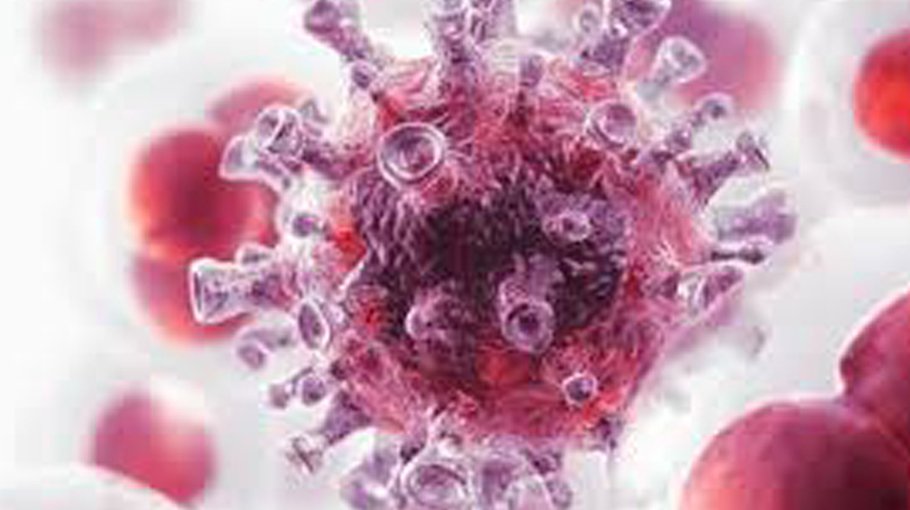Treatment for neuroendocrine tumour (part 4)

The treatment options for your neuroendocrine tumor will depend on the type of tumor, its location, and whether you're experiencing signs and symptoms of excess hormones produced by the tumor.
Surgery: Surgery is used to remove the tumor. When possible, surgeons work to remove the entire tumor and some of the healthy tissue that surrounds it. If the tumor can't be removed completely, it might help to remove as much of it as possible.
Chemotherapy: Chemotherapy uses strong drugs to kill tumor cells. It can be given through a vein in your arm or taken as a pill. Chemotherapy might be recommended if there's a risk that your neuroendocrine tumor might recur after surgery.
Targeted drug therapy: Targeted drug treatments focus on specific abnormalities present within tumor cells. By blocking these abnormalities, targeted drug treatments can cause tumor cells to die.
Peptide receptor radionuclide therapy (PRRT): PRRT combines a drug that targets cancer cells with a small amount of a radioactive substance. It allows radiation to be delivered directly to the cancer cells.
Medications to control excess hormones: If your neuroendocrine tumor releases excess hormones, your doctor might recommend medications to control your signs and symptoms.
Courtesy: Mayo Clinic
Radiation therapy: Radiation therapy uses powerful energy beams, such as X-rays and protons, to kill tumor cells.
Related News:
Neuroendocrine tumours, its types, symptoms (part 1)



